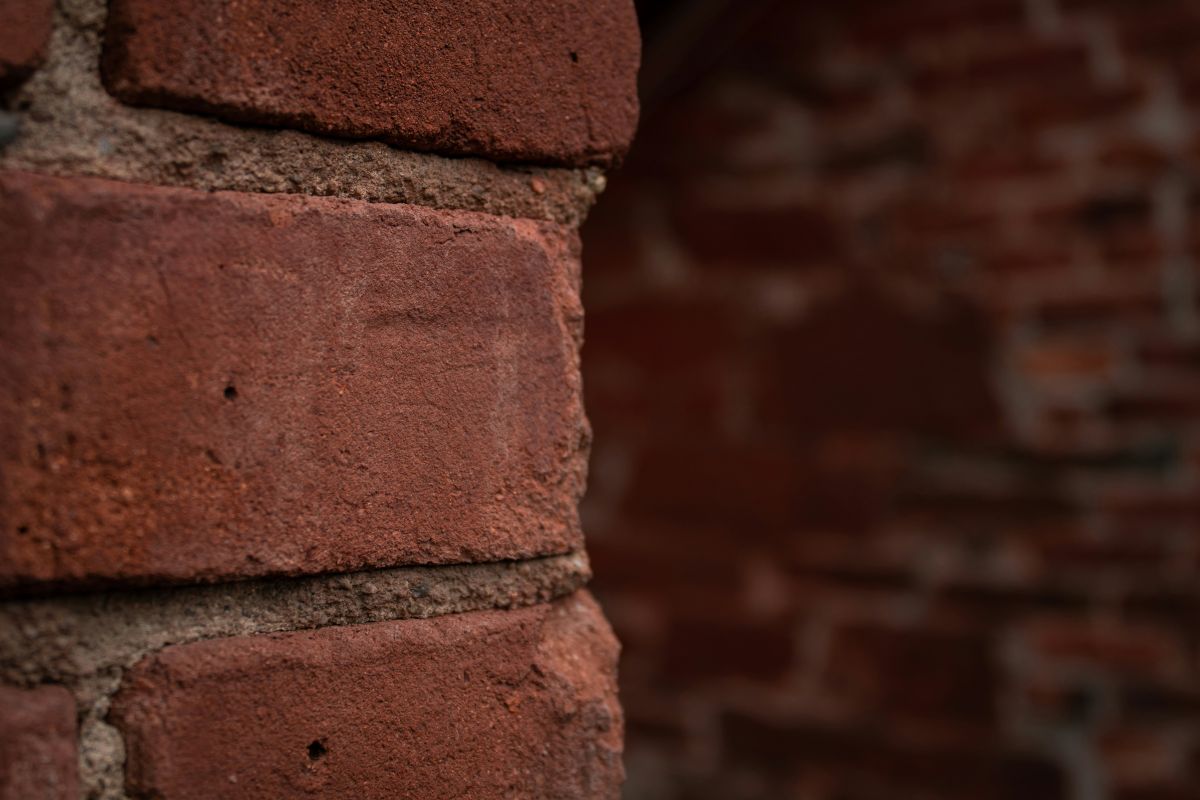In a region known for its rich history and diverse architecture, the John Gray House in Shelby County, Tennessee, stands as a striking symbol of the past. Constructed in the early 1800s, it is one of the oldest surviving brick homes in Shelby County, offering both architectural insight and historical significance.
As newer buildings rise around it, the John Gray House remains a vital reminder of Tennessee’s Federal-era roots, drawing attention from preservationists, local historians, and architecture enthusiasts alike.
Who Was John Gray?
The house is named after John Gray, an early settler and prominent landowner in Shelby County. Like many pioneers of his era, Gray came to the Memphis area in search of fertile land and long-term opportunity. His decision to build in brick, rather than the more commonly used timber, signaled both permanence and prosperity—a bold statement for its time.

Federal Style in the American South
The John Gray House exemplifies Federal-style architecture, a design movement popular in the United States from roughly 1780 to 1830. This style is characterized by:
- Symmetrical facades
- Brick masonry with Flemish bond patterns
- Sash windows with shutters
- Refined ornamentation and low-pitched gable roofs
Unlike the Greek Revival and Victorian styles that would follow, Federal-style homes emphasized elegance through restraint, and the John Gray House remains a textbook example of this early American aesthetic.
Why Brick Matters
At a time when most Tennessee homes were constructed from wood or log, the use of brick in the John Gray House signified wealth, access to skilled labor, and a long-term vision. Brick homes from this period are rare in Shelby County, especially those that have remained intact over two centuries.
The durability of brick has allowed the John Gray House to withstand fires, weather, and time, making it a living artifact of 19th-century craftsmanship in western Tennessee.
Keeping History Alive
Today, the preservation of the John Gray House is overseen by organizations like the Shelby County Historical Commission and local preservation groups. Efforts include:
- Structural stabilization
- Roof and brick repointing
- Historical documentation and tours
- Advocacy for inclusion on local or national historic registries
These initiatives not only protect the building but also help educate the public about the importance of architectural conservation in Shelby County.
Shelby County’s Preservation Ethic
The John Gray House is just one example of Shelby County’s broader commitment to protecting historical architecture. Local organizations and city planners continue to balance growth with heritage by:
- Offering incentives for historic restoration
- Educating homeowners about architectural integrity
- Hosting public events that highlight historic sites
These efforts ensure that structures like the John Gray House remain part of the living fabric of the community.
Final Thoughts
The John Gray House represents more than early American architecture—it represents Shelby County’s legacy of permanence, pride, and preservation. As one of Tennessee’s few remaining Federal-style brick homes from the 19th century, it holds a unique place in the state’s architectural and cultural landscape.
For residents, historians, and visitors alike, the John Gray House stands not just as a historical site, but as a symbol of how communities can honor their past while building toward the future.



